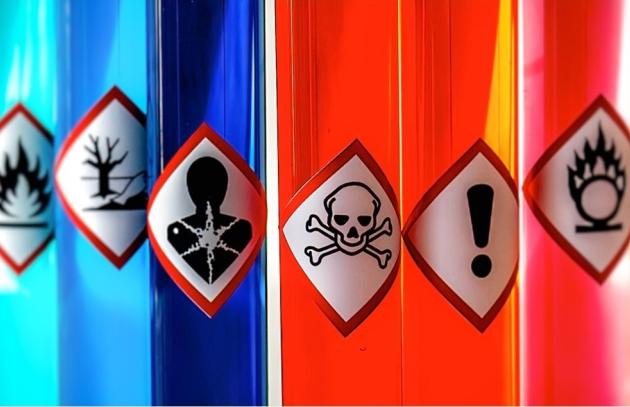Turning Science into Action
People are exposed to increasing amounts of toxic chemicals in air, food, water, personal care and cleaning products, at home and at work. The problem is so large, we cannot protect ourselves with individual actions alone - we need policy change.
That's why we share the science and best scientific methods to inform and guide policies that protect people from harmful chemicals, particularly those who are especially vulnerable such as pregnant people and children, and those who are disproportionately impacted.

How to Strengthen EPA's Mission to Protect Health
To help EPA put science and public health front and center, PRHE collaborated with top scientists and chemical policy experts from around the country to develop evidence-based recommendations to improve hazard and risk assessment, and prevent harms from chemicals and pollutants.
Major Policy Areas

Chemicals and TSCA
We analyze federal chemical policy and EPA's implementation of the updated Toxic Substances Control Act, the law that governs regulations of chemicals in commerce.

Science Integrity
PRHE developed the Navigation Guide systematic review methodology to better evaluate the quality and strength of the evidence on how hazardous chemicals impact health.

Industry Documents
From lead and tobacco to hiding the truth about fossil fuels and climate, polluters have a long history of manipulating science and public opinion to maintain their corporate interests. We help gather these documents as part of UCSF's Industry Documents Library.
Policy Strategies

Public Comments
We monitor EPA and other regulatory body actions and comment on whether they are following the best science and protecting health. Public comments are essential to holding government agencies accountable.

Legislative Briefings
PRHE planned legislative briefings to inform policymakers and staff about issues related to implementation of the Toxic Substances Control Act and science and decision making at EPA.

Science Action Network
PRHE launched the Science Action Network for Health and the Environment to bring together environmental health scientists to be a strong voice for science integrity and to prioritize health in chemical and environmental policy.
Published Papers
Systematic review and meta-analysis (SRMA) are increasingly employed in environmental health (EH) epidemiology and, provided methods and reporting are sound, contribute to translating science evidence to policy. Ambient air pollution (AAP) is both among the leading environmental causes of mortality and morbidity worldwide, and of growing policy relevance due to health co-benefits associated with greenhouse gas emissions reductions.
Environmental health hazard assessments are routinely relied upon for public health decision-making. The evidence base used in these assessments is typically developed from a collection of diverse sources of information of varying quality. It is critical that literature-based evaluations consider the credibility of individual studies used to reach conclusions through consistent, transparent and accepted methods.
There is high demand in environmental health for adoption of a structured process that evaluates and integrates evidence while making decisions and recommendations transparent. The Grading of Recommendations Assessment, Development and Evaluation (GRADE) framework holds promise to address this demand.
Systematic review (SR) is a rigorous, protocol-driven approach designed to minimise error and bias when summarising the body of research evidence relevant to a specific scientific question. Taking as a comparator the use of SR in synthesising research in healthcare, we argue that SR methods could also pave the way for a “step change” in the transparency, objectivity and communication of chemical risk assessments (CRA) in Europe and elsewhere.
The health impact of exposure to environmental chemicals can be an elusive and difficult concept to grasp. We lack complete data and understanding on the extent to which the industrial chemicals present in our everyday lives—in our food, water, air, and the products we use every day—impact our health.
Glomerular filtration rate (GFR) may influence concentrations of biomarkers of exposure and their etiologic significance in observational studies of associations between environmental contaminants and fetal growth. It is unknown whether the size of a developing fetus affects maternal GFR such that a small fetus leads to reduced plasma volume expansion (PVE), reduced GFR and subsequent higher concentrations of biomarkers in maternal serum.
The Navigation Guide is a novel systematic review method to synthesize scientific evidence and reach strength of evidence conclusions for environmental health decision making. Our aim was to integrate scientific findings from human and nonhuman studies to determine the overall strength of evidence for the question “Does developmental exposure to perfluorooctanoic acid (PFOA) affect fetal growth in humans?”
